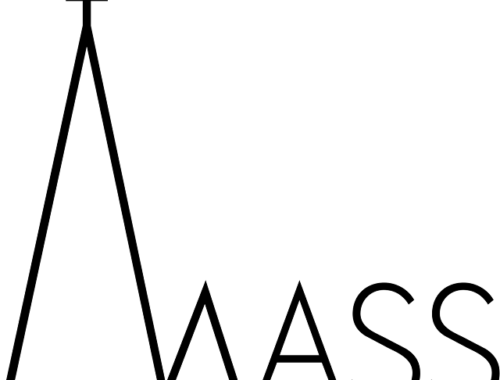London Symphony Orchestra, Pappano, Barbican Hall
It was almost as if the London Symphony Orchestra had enjoyed advance notice of Antonio Pappano’s well-deserved Knighthood in the New Year’s Honours list. The all-English programme made for a stylish celebration, Sir Antonio (a slight incongruity there) conducting Elgar’s First Symphony with fabulous authority, the London Symphony Orchestra piling on the opulence like a state occasion.
But first came a shifty side-step into the seedier twilit world of the British establishment as the Dances from Thomas Ades’ first opera Powder Her Face oiled their way across the threshold. From louche foxtrot to tawdry tango, these dances – amplified back in 2007 from chamber to orchestral proportions – say more about the “dirty” Duchess of Argyll’s divine decadence than the rest of the opera put together. This is Ades at his most fantastical (scarifying textures and curdled harmonies) holding up a distorting mirror to the scandalous and unseemly and thoroughly relishing the imagery in his mind’s eye. Pappano’s prowess as a jazz pianist enabled him to stretch the sinuous and sexy rubatos to delicious excess though a few anxious moments of faltering ensemble hinted at limited rehearsal time.
Not so the remarkable performance of Walton’s equally remarkable but too infrequently heard Viola Concerto. A few bars into the sultry opening theme and from the beauty of his dark, grainy tone and innately pliant phrasing it was plain that Antoine Tamestit was a violist through and through, not a violinist given to moonlighting on the viola. There was something wonderfully organic about this performance, an understanding of its sound world as complete as that of the composer for his chosen instrument. How skilfully Walton exploits the androgynous character of the viola, at once darkly enigmatic (shades of Ades’ Duchess) and gruffly extrovert. Tamestit encompassed it all – the dusky, almost Hollywood, exoticism and the trenchantly motoric.
And it’s the violas, of course, who lead off the great nobilmente theme at the start of Elgar’s First Symphony – and what a journey it portends. Pappano’s magnificent achievement here was to trace the great arc of the symphony from that first noble utterance to its ecstatic return at the close. He was uncompromising in conveying the turbulent winds of change that buffet the lyric elements of the piece throughout the long first movement and beyond. There was inwardness in the healing hush which lays the slow movement to rest, there were thrills in the tumultuous string playing of the close, but above all here was a performance which celebrated the impassioned face of Englishness.
You May Also Like

VOCAL HEROES: BARBRA STREISAND
09/04/2024
GRAMOPHONE COLLECTION: Bernstein’s Mass
19/08/2020